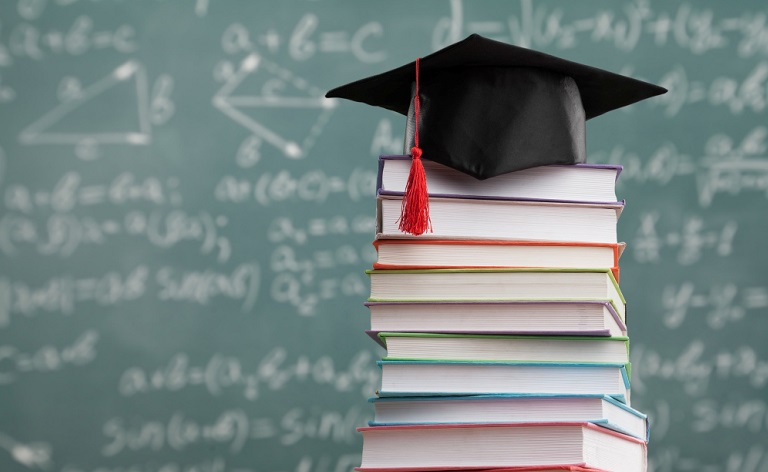On March 24, Danielle Starrfield received her Ph.D. from Leiden University for her thesis titled: “Light Therapy for Cancer-Related Fatigue in Survivors of (Non) Hodgkin’s Lymphoma.” Her supervisors are Prof. Dr. Emma Bleecker, Prof. Dr. Er. FE Van Leeuwen. Dr. L.’s work. Daniels as co-supervisor. Danielle Starrfield is currently a Postdoctoral Researcher at Erasmus MC.
What is the goal of your PhD research?
Fatigue after cancer is common in survivors of Hodgkin lymphoma or diffuse large B-cell lymphoma. Treatments such as physical activity and cognitive behavioral therapy are effective in reducing this fatigue. The disadvantage of these treatments is that they require a lot of stimulation from the patient and/or costly professional guidance. For this reason, research on alternative therapies remains interesting. Within the SPARKLE study, we considered the possibility of using light therapy as an effective treatment for persistent fatigue after treatment of these cancers.
What do you want the hematologist to know about your examination?
We conducted a randomized study in which half of the participants were exposed to bright white light (interference) and the other half exposed to dim white light (control). Our participants were treated on average for 13 years and had chronic fatigue all the time. This has a huge impact on their daily lives. We expected the intervention to reduce this fatigue, but were surprised to see that both participants in the intervention group and the control groups experienced a reduction in their fatigue. For a significant proportion of participants, this decrease was clinically relevant. This decrease in the whole group is of course very important, but we need to investigate further which parts of our study protocol led to this positive result.
What was the hardest part of your search?
The hardest part of this research was, and still is, the complexity of post-cancer fatigue. We still don’t really know the factors that ensure that patient A will develop fatigue after diagnosis and treatment and that patient B will not. The fact that we did not find a difference between the control and intervention groups may be due to the fact that the circadian clock is no longer disrupted in survivors with chronic fatigue after cancer. The positive results of light therapy are likely due to the synchronization of light between the biological clock and the outside world. So if the biological clock is already in sync, there isn’t much room for getting it back. However, it is entirely possible that the biological clock is disrupted by cancer treatment and that this affects the development of fatigue. If so, light therapy during treatment may help reduce or prevent fatigue after cancer.
What was the moment/insight that made the breakthrough?
We also conducted a questionnaire survey of tired and non-tired survivors to see if the sleep rhythms of stressed survivors are different from those of non-tired ones. If the circadian clock is disturbed and light therapy restores it in the morning, you would expect the fatigued people’s sleep rhythm to be delayed. However, the results of our questionnaire study showed that there was no difference in the sleep rhythm of survivors with or without fatigue. We have seen differences in sleep quality. So this may play a more significant role in chronic fatigue in people who were treated for a longer period of time before being diagnosed.
What is a “must read” publication for you?
The main chapter of my thesis is the article describing the most important findings of the SPARKLE study: “Light therapy for cancer-related fatigue in (non-)Hodgkin lymphoma survivors: results of a randomized controlled trial.”

“Total coffee specialist. Hardcore reader. Incurable music scholar. Web guru. Freelance troublemaker. Problem solver. Travel trailblazer.”







More Stories
GALA lacks a chapter on e-health
Weird beer can taste really good.
Planets contain much more water than previously thought